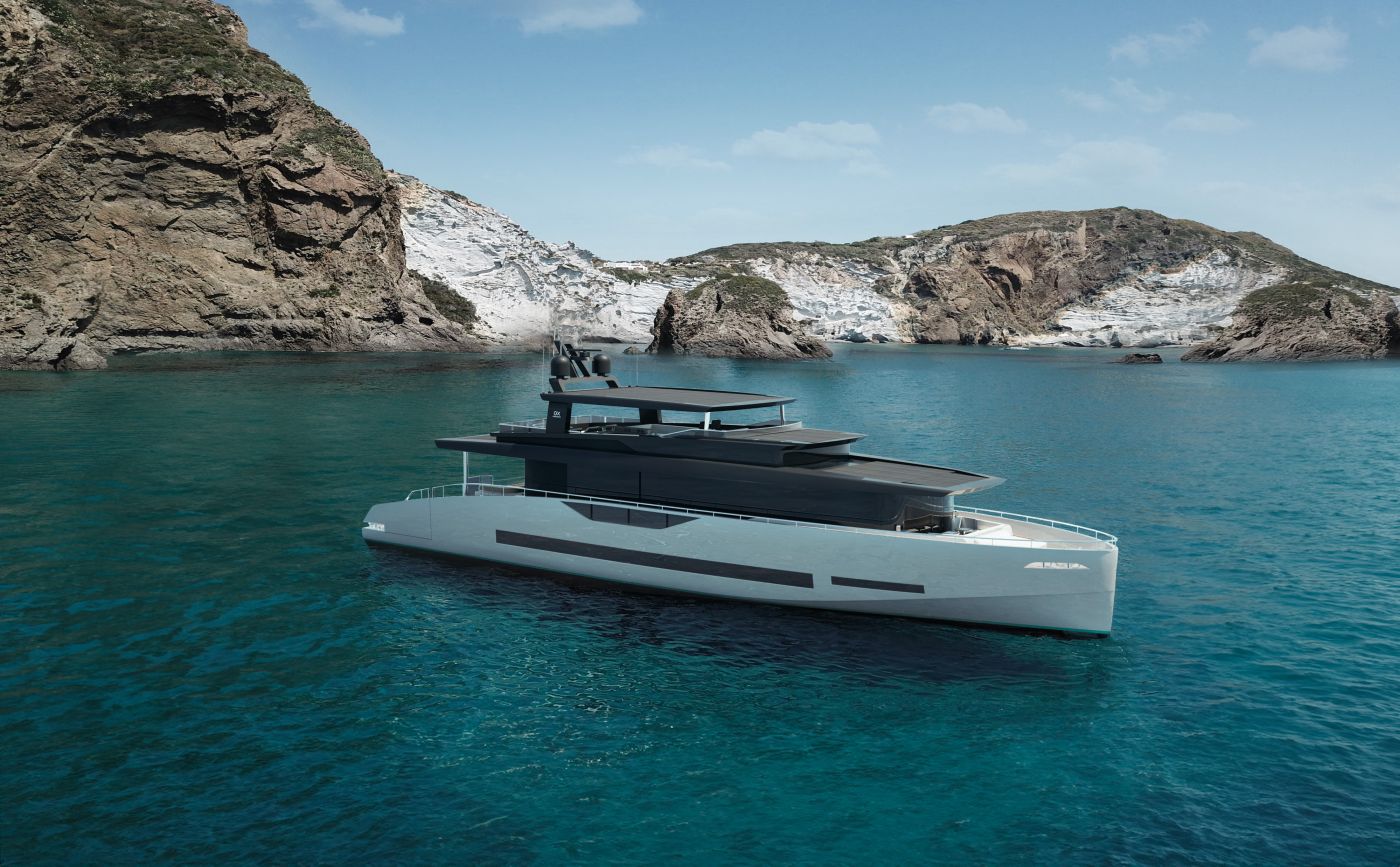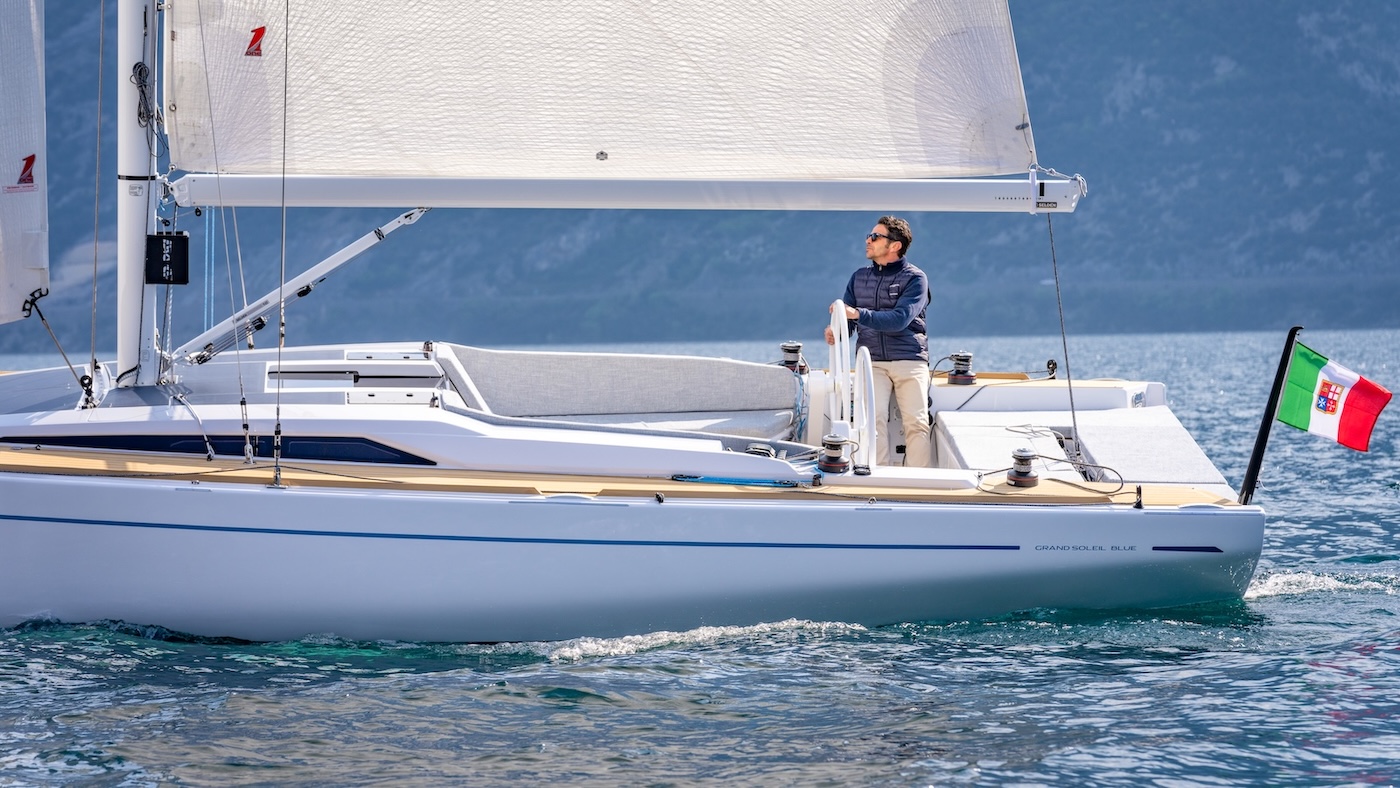Among the most important boat maintenance activities for safety, replacing the shrouds is one. This operation should be carried out periodically, but is unfortunately often underestimated by boat owners. In this article we will explain why it is essential to replace shrouds and what to know about the subject. To do this we asked Paolo Moretti of Rigg Service in Chiavari, who is taking care of maintenance and restoration work on the Daydreamer, our historic editorial boat.
Replacing shrouds: why and when
“First of all, it is necessary to 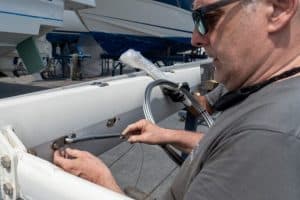
“To know when the shrouds need to be replaced, it is usually taken into account that it should be done every seven to ten years of the boat’s life or every 40-50,000 miles, whichever comes first. This is because corrosion occurs after a certain period of time (regardless of the actual use of the boat), while mechanical fatigue occurs with the actual use of the boat for sailing. However, to avoid having problems while cruising and to know when the time to replace the rigging is approaching, it is essential to carry out an inspection halfway through the indicated intervals (i.e. every 3-4 years and/or every 20-25,000 miles travelled), including a general cleaning of the rigging, polishing it and lubricating it if it is metal.
Spiral cable shrouds vs rod shrouds
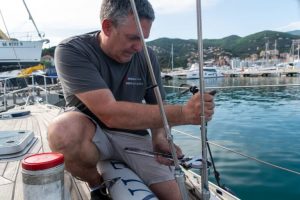
“On the other hand, however, rod shrouds tend to suffer more from the phenomenon of physical fatigue at their ends, both due to the construction of the material and the fitting that is used: this is because metal shrouds are more sophisticated than those in spiroidal rope, so instead of having naturally articulated couplings (like the forks of rope shrouds, for example), they have couplings that work on spherical seats and therefore make a greater physical effort to align themselves”.
“So, rod shrouds are aesthetically more beautiful, as well as lighter and stronger, but they require more maintenance than spiroidal shrouds. The decision of which material to use for one’s rigging will therefore be a choice for the owner based on the elements just described.”
Replacing shrouds: how
“We often find ourselves 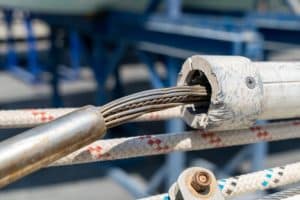
“It is also not unusual that, when carrying out this type of operation on older boats, one discovers serious cable breaks in all parts of the furler, on which one can only intervene by opening it completely, one profile at a time, to pull out the portions of the strand.
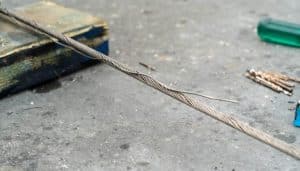
The ABC of jib furler
The aspects we have been talking about are very important and we need to pay the utmost attention to them: knowing when and why to replace the shrouds is part of the ABC of the jib furler, and even if the sailor may not carry out these operations, it is essential that he at least knows of their necessity.
Again with the aim of making boat owners aware of these operations and with the intention of explaining the reasons for them, in the next scheduled technical guide we will explain the operation of replacing metal halyards with new generation textile halyards.





















